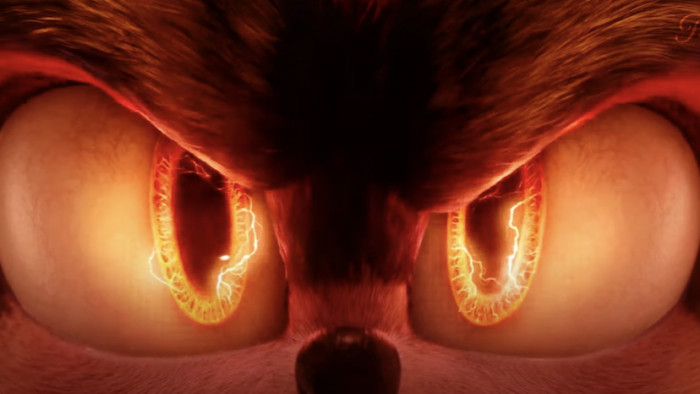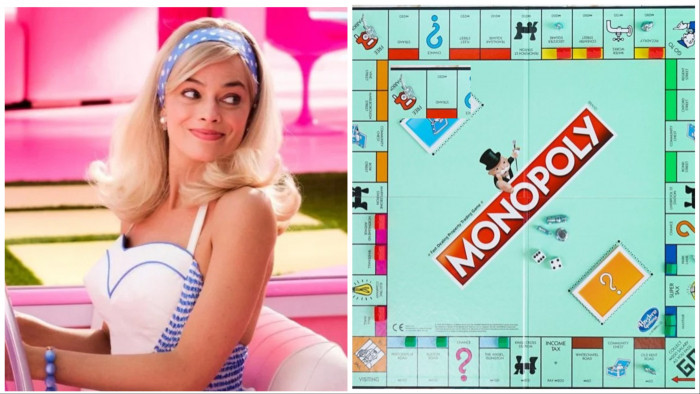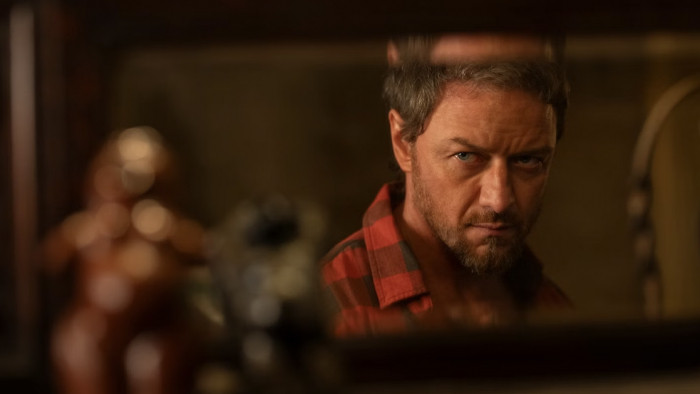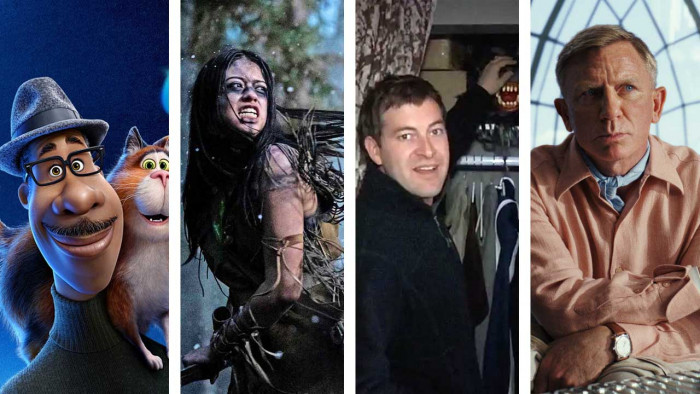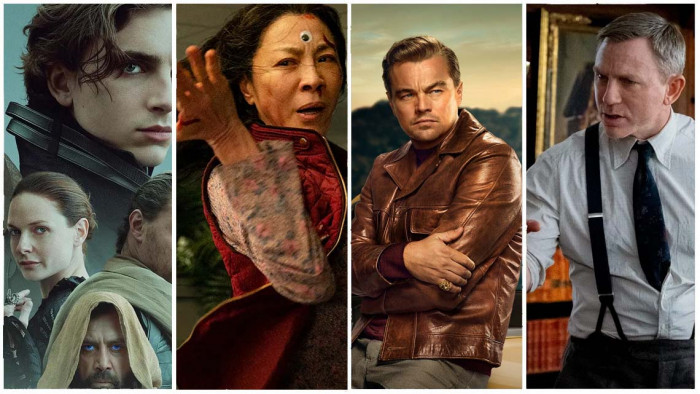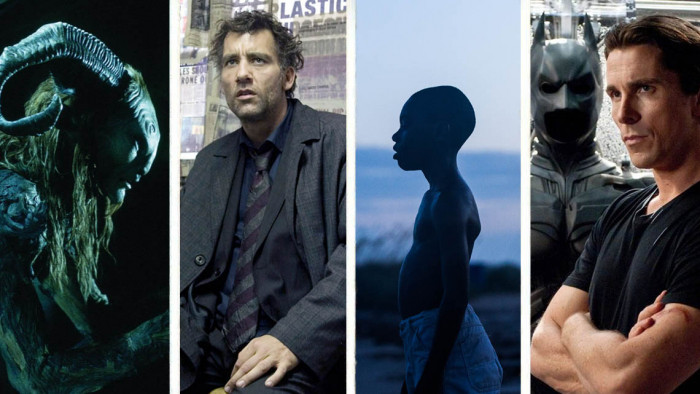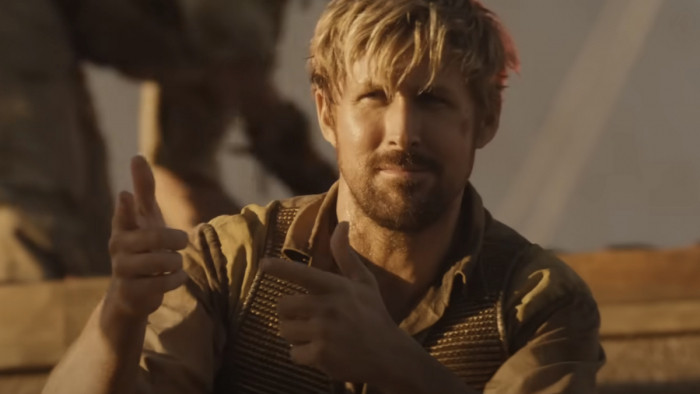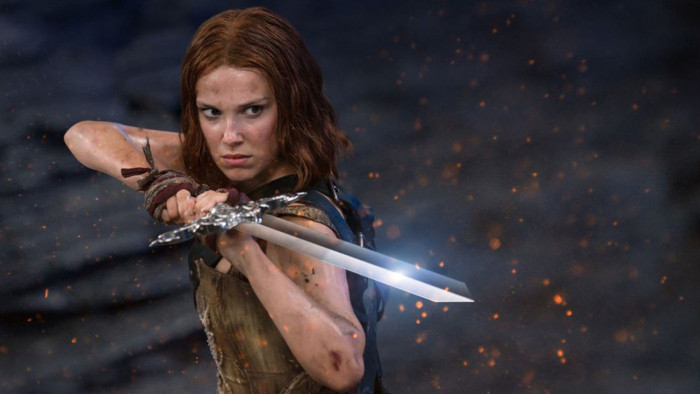The greatest director talks about his greatest scene: the Copacabana one-take from Goodfellas
As Nick [Pileggi] and I worked on the script, it was a matter of extracting the story from the book – there are a number of different stories in there. We eventually hit on the story of the Lufthansa robbery, and its aftermath – which is still going on.
During that time, the culmination of [Henry Hill’s] life, his status, would be represented by the treatment he received at the Copacabana. When I was growing up, it was the height of sophistication in the adult world. The culture I was in when I was 11 years old, it was the Fifties, the headliners at the Copa were Frank Sinatra, Martin and Lewis – the greats of American showbusiness. It inspired me – the New York humour, all of it culminated there. Also the influence of organised crime was at its height in the Fifties. The decline started in the Sixties. So this was something – it was like being allowed to enter the halls of Valhalla as an important person.
Particularly getting a table in the front. When we were younger, we would always get a table right at the stage, and it was fantastic – at least until the wiseguys showed up. Then a table came in front of us, and another one, and another one, and we couldn’t see a thing. It was constant – we would see the table flying in the air and just think, “Oh no, here it comes.” That’s why, in the shot when the table comes into frame with the tablecloth on it, it’s very important in the camera movement, the way it directs the eye. We went there after my high-school prom in 1959 to see Bobby Darin, and that night we saw him, but we were behind him. The table was in the back, but we were really near him. The real, heavier action, was taking place in the Copa Lounge, which found its way into Raging Bull – including the original bar and the original bartender. When we were allowed to go in there when we were young, we felt this was reaching a certain level in life that was exulted.



All of [the scene] was extraordinarily difficult, but I had a great assistant director, Joseph Ready, and a determined and enthusiastic cinematographer, Michael Ballhaus, and a terrific crew. We start the shot outside, when Ray Liotta gives the keys to the parking attendant, then we cross the street, and we go past the line of people waiting to get in then go inside. It took all day. First in the morning we did one shot with Bobby, the singer, and there was a song when the Champagne is sent. Then we laid out the different places where little vignettes would take place, where certain people would be, the people he’s constantly giving money to, until he finally makes his way through the kitchen and it opens up into another world. The maître d’ is there, in a blue jacket – he was the actual maître d’ of the Copa in the late Sixties, and he just beckons them over. At that point, the camera was to pan to the table, on the wave of the maître d’, and it was all choreographed like a ballet. The camera had to hit the table at the right time and at the right speed, and then we followed the table into this inner sanctum, the holy of holies, at which point we see them sit and we see all the people, all the denizens of that world.
Then, ultimately, the other important move was the pan to Mr Tony as he sends the Champagne, and I couldn’t get enough. It turned out that the actor who played Mr Tony, the way he waved and he was on the edge of the frame, it made it quite funny I think. Then when she asked what he did for a living, he says he’s in construction, and it all ended on Henny Youngman, the one-line comic, and it was all resting on his shoulders. He was terrific. It goes back to the tradition of vaudeville and American showbusiness, and the humour that I grew up with in the Forties.

I do draw satisfaction from it, of course, but when we were doing it the enjoyment – and the key word is enjoyment – was to just try to get it done. We didn’t think it would be anything that would rival anything another filmmaker had done, any other long takes that meant something. I don’t mean just following someone down a hallway. This was doing that, so to speak, but there’s an idea behind it. We put things in that appeared and disappeared, things that spoke about how far Henry Hill had come, and how it meant something – it meant something. In terms of plot? No, but it has to do with tone and atmosphere, and a kind of justification of its existence. He’s on top of the world, as Jimmy Cagney would say. Every aspect of it, quite honestly, once we decided where these vignettes would take place, I left it to the assistant director and cinematographer to work out the camera moves for me. When to stay on Ray and Lorraine, when to see their backs, when we see their profile – do we go past them when we see the maître d’, when we go back to them – it took all day, eight or 10 hours. I would wait and they’d bring me back down and they’d show me how each section was being accomplished, and I’d say we need to tighten up here, or add something, or eliminate something.
There is an extra few seconds to the shot. The people who owned the Copacabana were having some sort of feud with the people who owned the building next door, and we couldn’t go through their hallway. There was a little adjacent area that would have made it shorter, so we had to build a little area for the entrance, which added a few seconds to the shot. That only made it more complicated, because we had to make it move faster.
Finally, all these elements came together, and as we tightened up each section of the shot – at the time we had no video assist – there was a small monitor that was on the Steadicam itself that was green and black, and you could play it back afterwards. You could get a sense of it, which was fine. We knew how to work with that. Larry McConkey was the operator, and he was amazing.

Certain songs were there from day one in the script – Rags To Riches, Stardust, a few others. At the same time, in the editing, I had a book I’d go to where I’d listed certain songs of each period the film is in, the period I like is the early Sixties. Prominent in that was the Phil Spector sound – The Crystals, the Darlene Love Christmas song. This, for me, was a key thing. When the time came to place the song in the picture, we knew immediately when we tried it. This was part of maybe three or four songs that I had set aside. We synced it up, played it, left it alone. That was it. That was really nice. It worked perfectly, let’s not touch it. It helped along the movement of the shot in a way, this almost celestial choir. The Crystals, And Then He Kissed Me.
Ellen Lewis was my casting person, I had her get my assistant director Joe Ready and go downtown to my old neighbourhood, where I grew up before it got gentrified. We put the most important and authentic faces and figures in the foreground. Mean Streets was a pretty popular film in those parts of town, Raging Bull too, so it wasn’t too hard to get some authentic faces. There were a few technical problems we had to iron out – you had to get them there, you had to dress them. We had to pay extra for the actual extras because of the union rules, or something.
Martin Scorsese In 10 Scenes by Tim Grierson is out now, priced £14.99; Ilex (octopusbooks.co.uk)
(Photography: Benedict Evans)
Latest
Related Reviews and Shortlists



